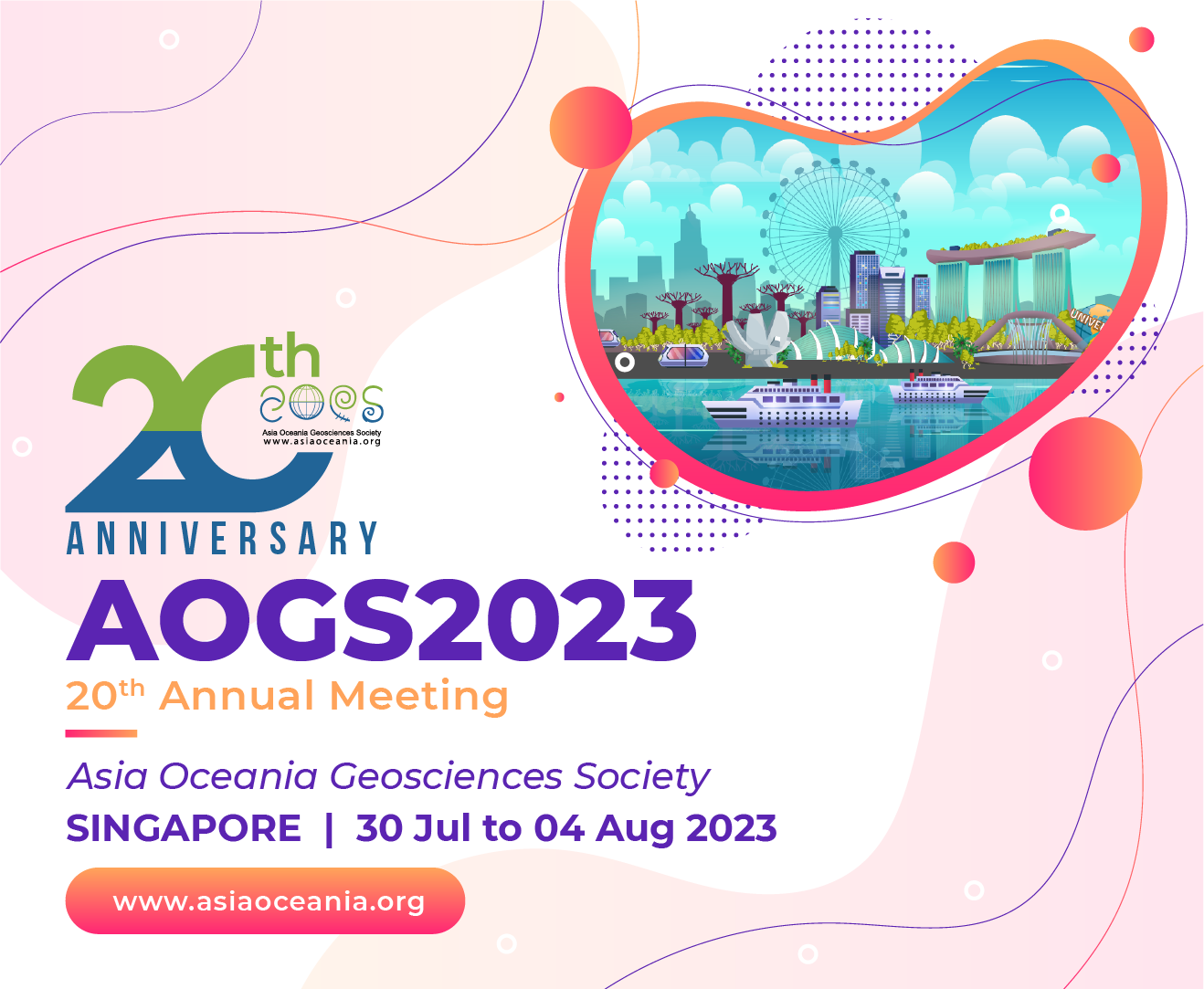

Prabir K. PATRA
Research Institute of Humanity and Nature (RIHN)
Prabir Patra is the leader of Aakash project at Research Institute of Humanity and Nature (RIHN), Kyoto; a principal scientist and deputy group leader at Research Institute for Global Change, JAMSTEC, Yokohama, and a visiting professor at the Center for Environmental Remote Sensing (CEReS), Chiba University. He has completed his Ph.D. from Gujarat University, India in 1998. After a brief spell of 3 years (1998-2001) at the formulation period of the IBM India Research Laboratory, New Delhi he moved to the newly established Yokohama campus of JAMSTEC. Since 2001 he has devoted time to simulate concentration, sources and sinks of all major greenhouse gases (GHGs) and some of the ozone depleting substances (ODSs) using atmospheric chemistry-transport models. He is developing deep interests in air pollution and human health as the goal of Aakash project. His research extensively uses measurements of atmospheric and oceanic variables by in situ and remote sensing techniques. He has published more than 165 peer-reviewed articles, contributes to 3 GHG budgets of the Global Carbon Project, served as a Lead Author of the IPCC AR6, holds session at the COPs and member of several steering committees. He is serving as editor of COMMSENV, SREP, GOSL. He is recipient of Horiuchi Award from the Meteorological Society of Japan for significant contribution in interdisciplinary fields related to atmospheric sciences.
BG Distinguished Lecture | 01 August (Tue) 08:15 AM – 10:00 AM | Level 3 MR310
Co-Benefits of Reduction in Regional Emissions of Greenhouse Gases and Air Pollutants
Abstract: The IPCC AR6 of WG1 projected that the remaining-carbon-budget is roughly about 140 PgC or 500 GtCO2 for limiting global surface air temperature increase below 1.5oC by 2100, as per the Paris Agreement. The human induced carbon dioxide (CO2) emissions stood at about 40 GtCO2 in 2020s. In JAMSTEC, we perform top-down estimations of regional CO2, CH4 and N2O emissions and removals using the MIROC4-ACTM and atmospheric observations. Our top-down inversion model estimated the land and ocean sink partitioning of -7.7 and -8.8 GtCO2 yr-1, respectively, for 2011-2020, offsetting about 22% and 25% of global fossil-fuel CO2 emissions (35.5 GtCO2 yr-1). Global CH4 emissions and chemical loss were estimated at 585 and 540 MtCH4 yr-1, respectively. Global N2O emissions and photochemical loss were estimated at 27.0 and 20.1 MtN2O yr-1, respectively, for 2010-2019.
However, the regional emission and removals are poorly understood because of the lack of long-term observational data, and uncertainties in various estimations using top-down (based on atmospheric data) and bottom-up (based on field observations and biogeochemical models) methods. Reconciliation of the top-down and bottom-up estimations have been the centre of debate as we move forward with tracking and managing nationally determined contributions for meeting the goal of the Paris Agreement. Multiple pools of carbon and nitrogen compounds are poorly accounted by the regional budget assessments, such as the REgional Carbon Cycle Assessment and Processes (RECCAP), coordinated by Global Carbon Project (GCP) under the Future Earth.
The biogeochemical process of land and ocean also affects the air pollution. Biomass burning is one such process on land which occurs in the natural forests and savannas, and anthropogenically by crop residue burning or forest/peat land clearing. The Southeast Asian countries, including Singapore, suffers from biomass burning pollution caused by deforestation fires or crop residue burning (https://www.bbc.com/news/world-asia-65120502), while the air pollution in South Asia is caused by open burning in and around the cites. At the Research Institute for Humanity and Nature (RIHN)’s Aakash project, we are working on an interdisciplinary study towards clean air, public health and sustainable agriculture: the case of crop residue burning in north India.
I will discuss some of the co-benefits of tackling two of the urgent issues we face today for managing atmospheric constituents linked with biogeochemical processes and anthropogenic activities.
